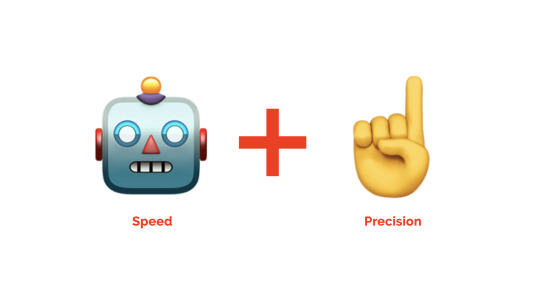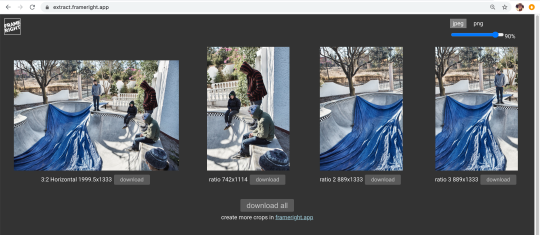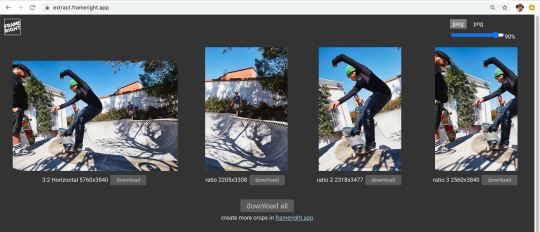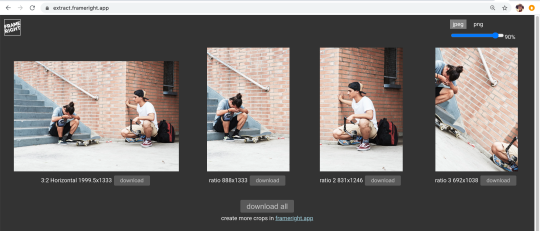AI + Human Touch = Speedy Perfection

Augmented intelligence is all about reaching speed and precision by combining human touch with AI, simple as that.
Across industries, everyone is looking for an artificial intelligence solution to automate as much of their operations as possible. Working with the media, it amazes me to hear this request even from outlets that take pride in their journalistic integrity. It is, of course, always a good thing to be on top of new technology. But it should never happen at the cost of quality and information. It is important to think about how the decisions made today will affect the future. The tech we start to use today will develop further; the one we do not adopt will stop its evolution.
“A picture is worth a thousand words.” Would you let an AI write those 1000 words for you? Would you trust the outcome enough to automatically publish it?
In this article, I will write about why we should slow down with the “AI only” approach and adopt an augmented intelligence interface to the things we do. Frameright technology comes with our proprietary AI, a good one actually, but we still want to make sure that there is always a way to alter and improve the results.
To illustrate how no AI can always know the right answer, I made some examples where I cropped three horizontal photographs from my Skatedeconstruct project into three vertical versions.
The times when a photo was cropped only once is long gone. Now we need to learn how to embrace the new possibbility of having various shapes and sizes.
I always like to remind people that there are countless different types of images and styles. Each of them has its own best process. It depends on multiple factors, from the person making the editing decisions to how much time can be allocated for image handling. Overall it makes me sad to realize that the majority of image professionals have not yet grasped the reality of what happens to images nowadays.

If I had to choose a vertical thumbnail of this image, it would completely depend on the purpose. For a story about Luka, it has to definitely be the 1st one. For picturing skateboarding and emotions, the last one is my favorite.
The number one issue with relying on 100% artificial intelligence in image processing is that there is no way to correct the results. Working this way also eliminates any possibility for the AI to get better by learning from its mistakes. I have to emphasize that “mistake” is a strong word, often it is more a question of style. How can any AI know what the style should be this time? Although a particular taste is hard to reproduce, the AI can get better at following your style and learn your way of working.
The expectation should be that in professional media, we should always be 100% sure about the quality of information we publish to the public.
No excuses.
With Frameright, the AI runs in the background. When you open an image, you will get a suggestion that you can change as you like. The AI will also follow that decision and in the long run it can learn to see what are the dynamics you prefer. If you use the AI over an API and without the interface, you still can always open problematic pictures in our web editor, make changes and re-publish the image.

In this case, my favorite is the one where Luka’s father is observing. Yes, only Luka in the image is cool, but including his father gives so much more to the story.
Using object recognition is not enough to produce educated crops. Pictures are much more than simple representations of objects. One has to consider the whole image and see how the context, dynamics, and composition are affected by each shape. It is not only what is in the frame. Noteworthy is also what is left out from the crop, as we saw in January 2020 when climate activist Vanessa Nakate got cropped out from an image distributed by the AP.
The Frameright technology is built on the idea of always keeping the original file intact. This is crucial when we want to see what was possibly left out and also for leaving room for future edits. Making a horizontal version of a vertically shot image or vice versa is hard. Every single pixel is needed in order to have leeway. We also added a rotate function in the very early stage as I personally knew the need. By rotating an image you can find amazing dynamics.

This one is a hard one as you need both Gabriels in the image. The first one works better as a composition, but I might go for the last option where you can see at least a little of them both. It even shows a bit of the GoPro camera that reveals more about the story behind the image.
The right kind of composition will make an image memorable. With the right kind of aesthetics, you can make your message stand out and increase meaningful engagement.
“A picture is worth a thousand words.” Would you let an AI write those 1000 words for you? Would you trust the outcome enough to automatically publish it? Artificial intelligence is powerful and much needed but to benefit the most, we need to build interfaces that enable easy co-operation of AI and human touch. With an augmented approach, we can help an AI get better and the AI can help us get faster.
If you are curious to read more on the topic, I have written an article about image composition.
***
Frameright gathers everyone around the same drawing table, where pixels can be tweaked and stories made impactful. Start using at Frameright.app or learn more from our tutorials.